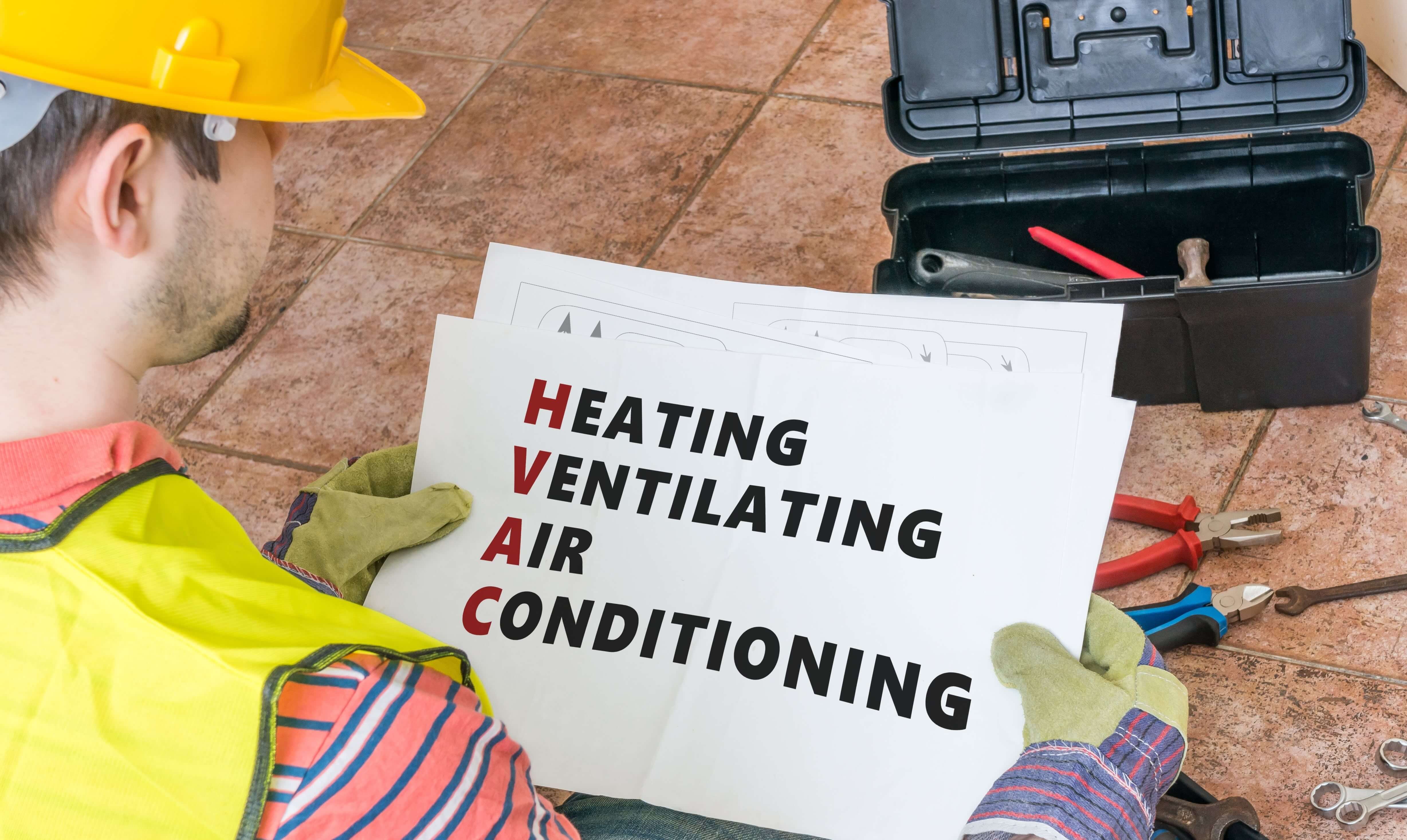What to Look for in an HVAC Access Door
Posted by Best Access Doors on 22nd Nov 2017
If you plan to install an HVAC system for a client, you will need the right HVAC access door.
These access openings are necessary for use in HVAC system ducts and components. Doing so facilitates the inspection and testing of the system. It also allows for adjustment and cleaning.
With the average system installation costing up to $15,000, including labor, every component needs to be correct.
But how can you make sure? Don't worry; we've got you covered.
Here's everything you need to know about choosing the right HVAC access door for your next job.
Which Type of HVAC Access Door to Choose
There are two basic access doors you need to look at: the ones designed for air ducts and the ones meant for grease ducts.
The Grease Duct HVAC Access Door
The sandwich-style door, including options like the BA-AA grease duct access door and BA-GDD grease duct access doors and panels, is one choice for grease duct access doors.
It's perfect for restaurants or other areas subject to high heat, with some models able to withstand temperatures up to 2300 degrees. If you need a fire-resistant option, a grease duct access door will be your top choice.
The Air Duct HVAC Access Door
If you don't need a grease duct access door, then an air duct access door will be what you're looking for. It covers air handler units or any other HVAC applications.
A specialist type of this door is the drywall access door. It's designed to maintain the original appearance of a client's walls and is usually needed when you have to cut into drywall. It maintains the seal and ensures the indoor space isn't vulnerable to heat spikes or outdoor elements.
Often, these doors will have recessed, perforated steel frames, allowing a contractor to install the drywall over the frame, showing only the door panel when the job is finished.
General Purpose Access Doors
A general-purpose access door is great when there are no specific fire codes or a need to conceal high-security components.
They commonly have flush latch releases for smooth integration into the surface and concealed hinges, recessed frames, weatherproof gaskets, and removable doors, which are good for confined spaces.
You can choose from a number of different finishes, such as galvanized steel or stainless steel. Some steel doors come with a baked enamel finish as well.
Considerations for HVAC Access Door Installations
If possible, access to an HVAC system's interior should be made by using existing openings, such as panels and doors, return grills, or supply diffusers.
An airtight seal is necessary to prevent inward and outward leakage as well as unrestricted airflow inside the duct or component.
Openings and Insulation
When you drill a service opening, it should be closed back up air-tight. Any insulation that was removed or damaged should be replaced.
Replace it with insulation of the same thickness or R-value for removed insulation.
For damaged insulation, repair it in such a way that it closes openings or spaces, stopping any possible dust collection, condensation from water vapor, or heat loss or gain.
Removable Closure Panels and Doors
For metal panels used for closing access openings, seal them with gaskets, caulking, mastic, or tape.
The frames and jamb seals should be permanently fixed to the opening for removable access doors. The metals used to fabricate these doors for installation into the air duct system should be a minimum of 24 gauge.
That gauge should be based on the duct system's pressure class for the door itself.
Materials Used for Access Openings
Be sure that materials comply with the building code, specifically the required fire hazard properties.
The metal of the doors and panels should be resistant to corrosion, and all materials should be suitable for continuous exposure to heat, cold, and humidity.
Fire Rated Assemblies
Some installations require you to follow fire safety regulations. Pay strict attention to these safety standards and use fire-rated access doors.
Any opening in a building's ceiling or wall represents more risk if a fire happens. To avoid this risk, use air-tight doors that maintain a full seal and prevent drafts.
These doors conceal flammable materials, exhaust systems, wiring, and gas lines. They maintain their air-tight seals even when the door is open.
They also don't conduct heat, unlike other doors that become hot to the touch, and stop flames and smoke from transferring.
Where there's an access opening in an air duct above either a fire-rated floor or roof assembly, check the panel used to ensure it's of equal fire resistance level.
Making an Installation Look Good
While aesthetics may not be the highest priority in HVAC best practices, you should still aim to make the work look good. You may have a technically perfect panel installation that passes code, but it can still be an eyesore.
You can avoid this problem by sealing everything properly, even if it's an eighth-of-an-inch hole.
Take Your Time and Do It Right
Time is money, but rushing a job can often lead to problems down the line. To avoid having to come back and troubleshoot a bad installation, do the work right the first time, no matter how long it takes you.
Getting your HVAC Access Door
You're now equipped with all the essential knowledge to confidently choose the perfect HVAC access door, including BA-AA and BA-GDD grease duct access doors and panels, for your project and seamlessly install them.
Ready to take the next step? Secure your HVAC access doors and panels right here and unlock a world of heating and cooling convenience. Elevate your HVAC game today!
Share our story - the 2025 version is available

 Feedback
Feedback